Mining
The Nespral family has been linked to the exploitation of coal since, at least, the middle of the 19th century, when Vicente Fernández Nespral registered several mining reports in San Andrés de Linares (San Martín del Rey Aurelio). However, it was not until the end of the century that Nespral y Compañía was founded to exploit coal in facilities such as Entrego or Sorriego. At that time, they had good communications thanks to the Langreo Railway and Ferrocarril del Norte.
The company underwent a decisive change when Joaquin Velasco, married in 1905 to one of the owners' daughters, joined the family. He was a mining engineer from Valladolid and started his career as a mining contractor sinking the Pumarabule Mine and, later on, leasing the mines of Coto Musel and La Sota, in Laviana. In addition, Joaquín Velasco would represent his country in the National Assembly between 1927 and 1930 and he was an innovative livestock entrepreneur in a modern farm on the Duero river. It was under his initiative that the Sorriego Mine was sunk in 1916, after negotiating an exchange of facilities with SMDF (Sociedad Metalúrgica Duro Felguera) for the benefit of the deeper layers.
In 1918 the Sorriego Mine was 135 metres deep (although it would end up reaching 210 metres) and had a diameter of 4.25 metres. It was equipped with a 24-horsepower extraction machine and a 16-horsepower compressor. This machinery, as well as the headframe and the rest of the facilities, was notoriously unsafe and awaited its definitive replacement. It was in the 1920's when the definitive production space was established, with a reter and loading platforms connected to the Langreo Railway. A metal riveted lattice headframe (replaced in HUNOSA's days) was installed, powered by a Siemens extraction machine. However, the Sorriego Mine is characterised by its powerhouse, a remarkable building whose main façade has a stepped top crowned with a curved pediment.
In 1969, Nespral y Compañía became part of HUNOSA, which kept Sorriego as an auxiliary mine shaft until its definitive closure in 1978.

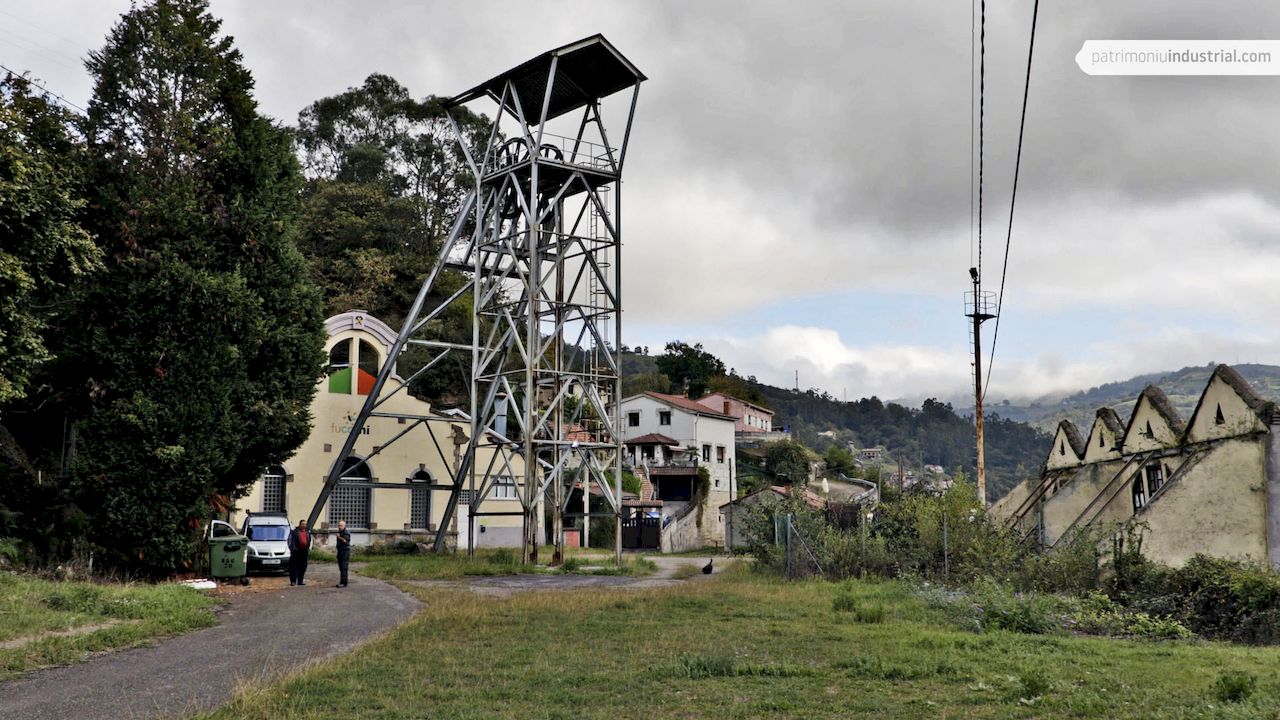
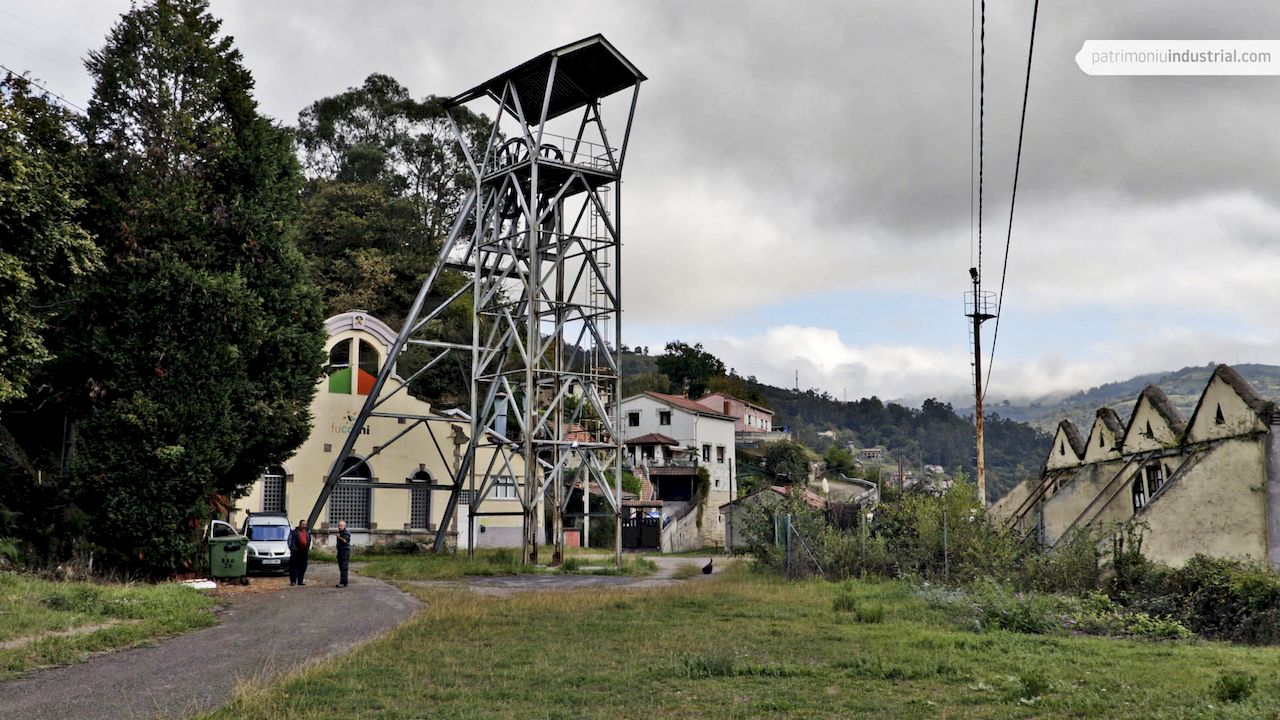

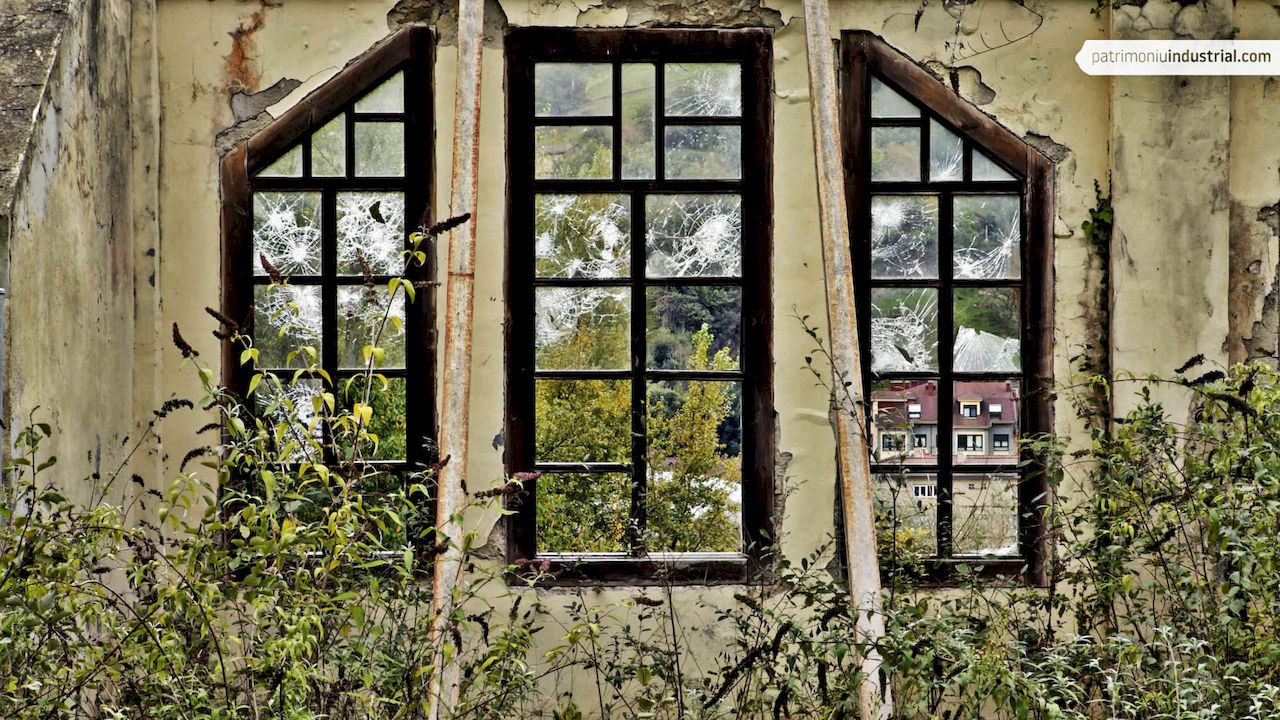
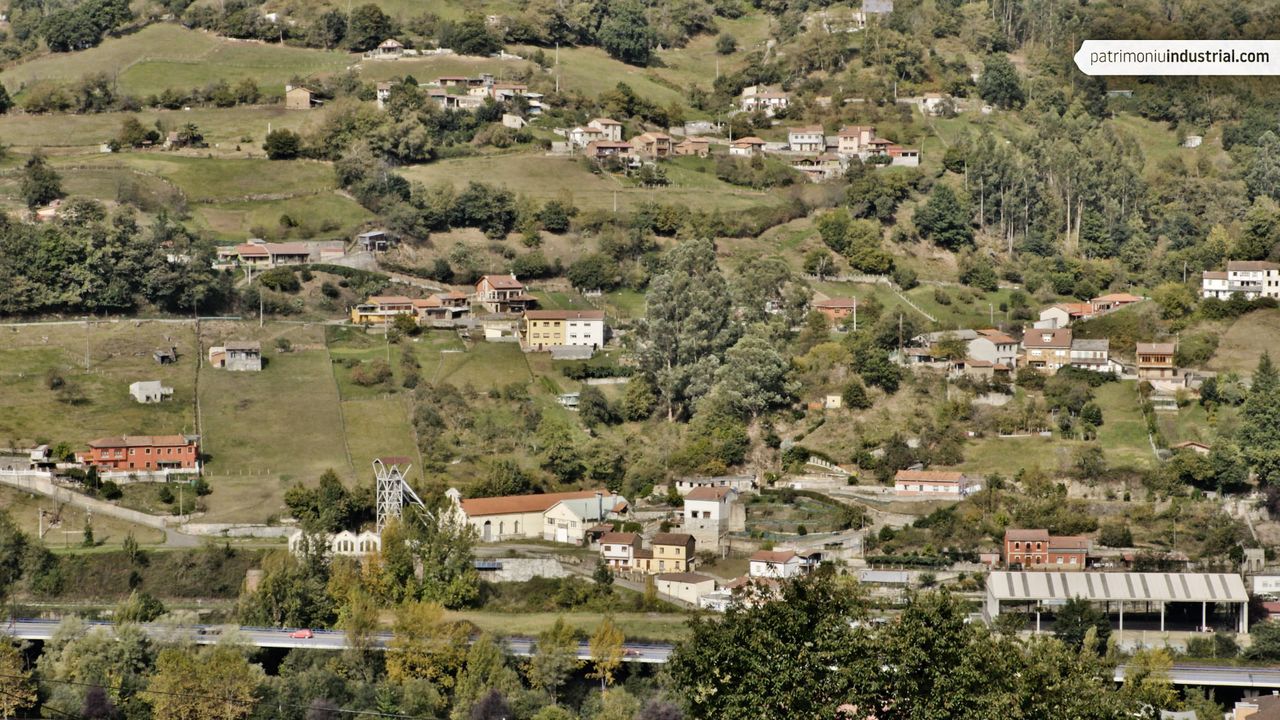
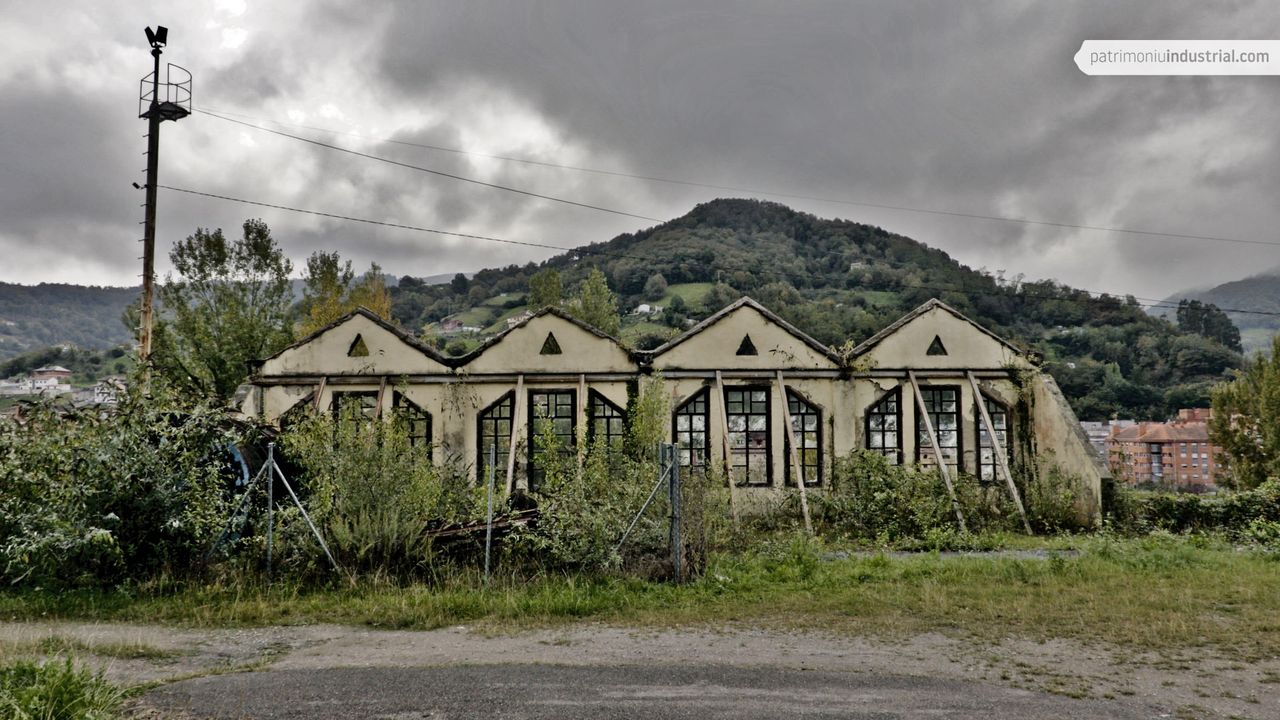
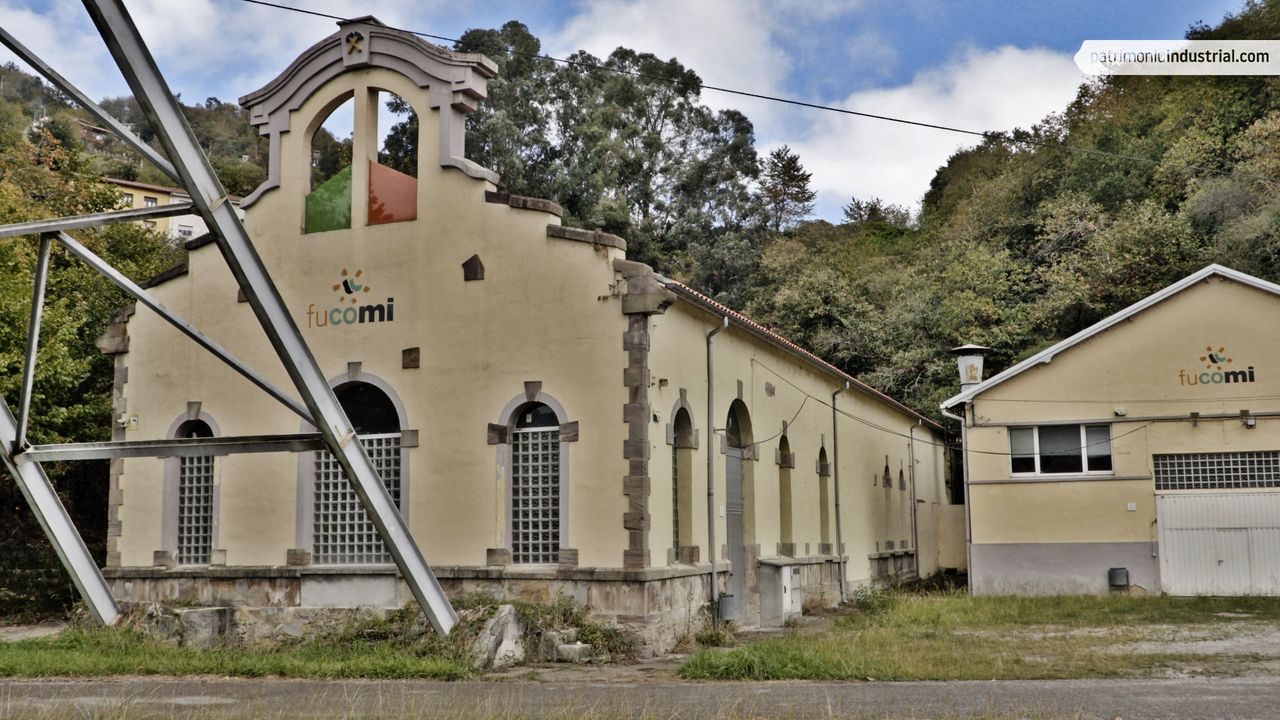
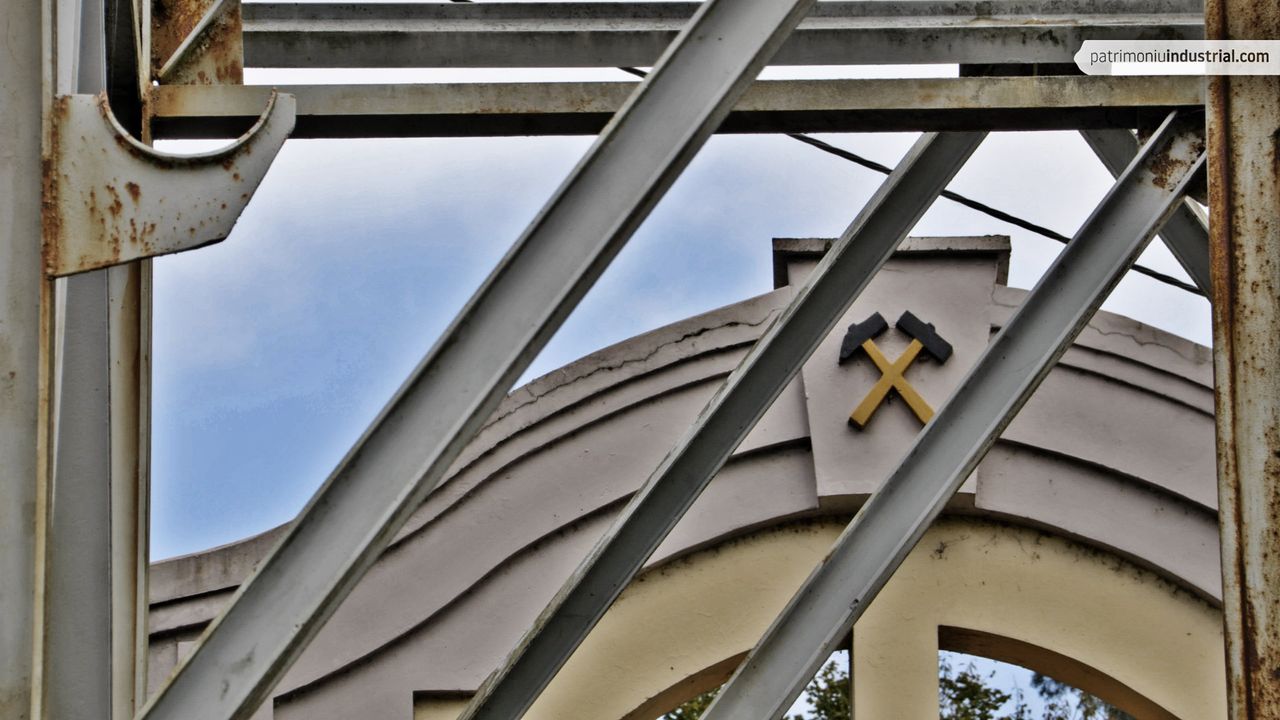

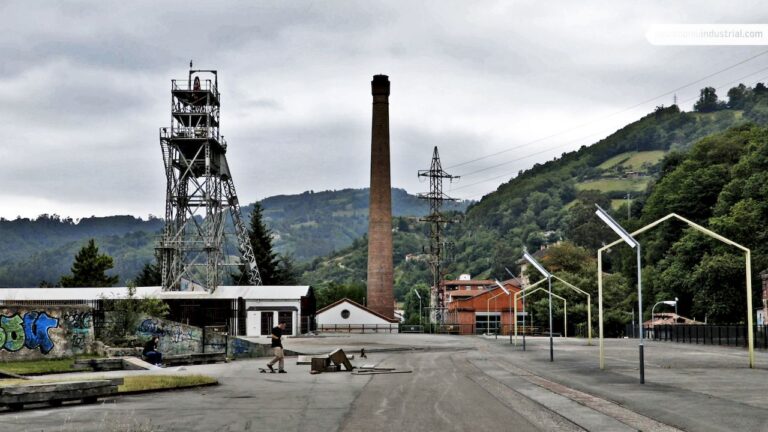
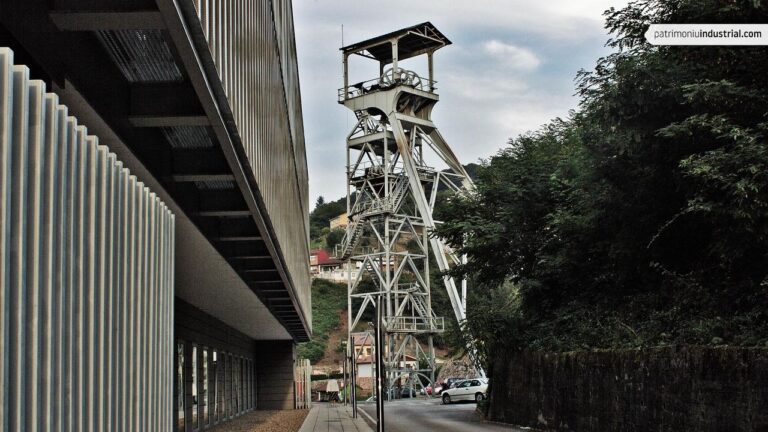

Recent Comments